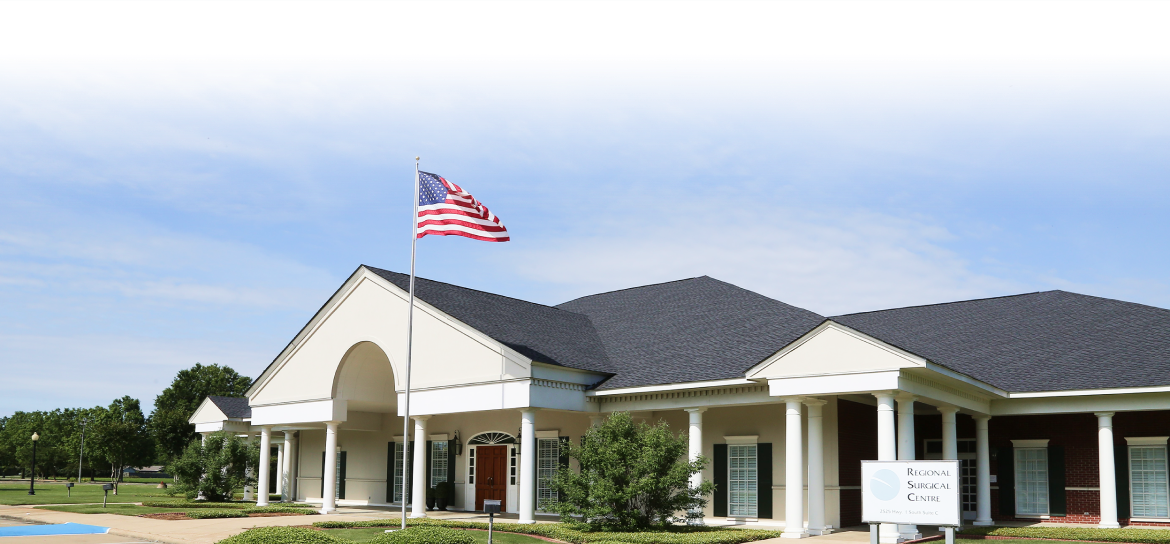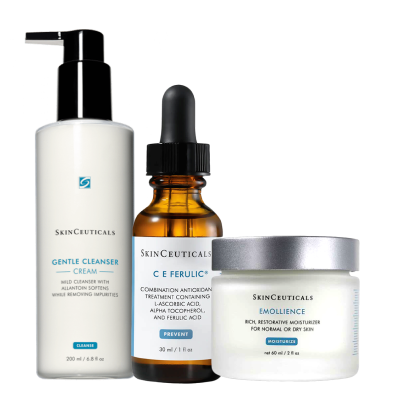- Home
-
- < Medical Dermatology
-
- < Skin Conditions
- Acne
- Acne Scarring
- Blisters
- Cutaneous Candidiasis
- Dermatofibromas
- Dermatographia
- Eczema
- Epidermoid Cysts
- Folliculitis
- Hair Loss (Alopecia)
- Hemangiomas
- Herpes Simplex
- Hyperhidrosis
- Impetigo
- Keratosis Pilaris
- Lichen Planus
- Lipomas
- Melasma
- Molluscum Contagiosum
- Nail Fungus (Onychomycosis)
- Psoriasis
- Rosacea
- Scabies
- Scars
- Shingles
- Skin Tags
- Spider Veins
- Sunburn
- Tinea
- Vitiligo
- Warts
-
- < Shop
-
- < By Product Type
- Acne Scarring
- Acne Treatments
- Anti-Aging
- Bath and Body
- Brightening
- Cleansers
- Eye Treatments
- Exfoliants
- Hair Growth
- Lip Treatments
- Masks
- Moisturizers
- Neck Treatments
- Redness & Rosacea
- Retinoids & Exfoliants
- Scarring & Post-Procedure
- Shaving
- Skin Rejuvenation & Antioxidants
- Specialty Products
- Serums
- Sun Protection
- Toners
- Contact Us
- Sign In
- Sign Up
Laser treatment for removal of pigmented lesions.
Please call our office for an appointment for your consultation with Dr. Joseph R Terracina. There is a $150.00 consultation fee. Call (662) 335-1103 to schedule your consultation.
Description
Pigmented lesions are remarkably common and the overwhelming majority are benign. It is widely recognized in the medical community that Q-Switched lasers are the ideal tools for effectively removing benign pigmented lesions. Multi-wavelength, Q-Switched laser systems with frequency-doubled KTP are uniquely able to produce very short pulses of intense light that are selectively absorbed by treatment-specific pigments in a lesion.
Four Wavelengths for the Widest Range of Lesions
Fotona’s QX MAX laser system is the perfect tool for treating a wide range of pigmented lesions, enabling treatments for everything from nevi (moles) and vascular lesions to ephelides, sunspots and melasma. Superficial lesions can be treated most effectively with the 532 nm wavelength, while the 1064 nm wavelength can be used to target deeper lesions.
Safe, Effective and Minimally Invasive Treatments
For a difficult-to-treat condition such as melasma, the QX MAX is especially effective due to the selectivity of Q-switched light, enabling it to break apart pigments only and not cells. This means that pigment destruction can take place without ablating the skin – a unique feature that also allows other treatment possibilities, such as the safe and effective removal of complex, multi-colored tattoos.
In addition to Q-Switched lasers, Er:YAG lasers can also be used for the ablation of keratoses, moles, and other pigmented lesions, enabling the removal of the epidermis and superficial dermis in a controlled and relatively bloodless manner. Clinical studies have shown that Er:YAG lasers are very effective for the treatment of keratoses, with a clinical and histological improvement of up to 93% after just one treatment.
Additional Info
| Benefits |
|
|---|---|
| FAQs | N/A |
| Treatment Type | Light Therapies |
| Treatment Problem or Condition | Age Spots/Sun Damage, Facial Veins/Capillaries, Hyperpigmentation/Uneven Skintone, Melasma/Freckles, Port Wine Stains |
| Skin Type | Aging Skin, Hyperpigmented |
| Size | N/A |
| Brand | Fotona |
Ingredients
What is Laser Removal of Pigmented Lesions?
Lasers are a simple, fast, effective and safe tool for removing a wide variety of benign pigmented lesions, such as freckles, age spots, birthmarks, moles, certain vascular lesions, ephelides, melasma, seborrheic and actinic keratoses.
How does it work?
Laser removal of pigmented lesions works by destroying the pigment in the skin without the need for excision. This process in completed in 3 simple steps:
- Step 1 - LIGHT ABSORPTION: The laser produces short nanosecond pulses of intense light that pass harmlessly through the top layers of the skin to be selectively absorbed by the melanin pigment in the lesion.
- Step 2 – PIGMENT BREAK-UP: The laser light is transformed into photoacoustic waves which mechanically break up the melanin pigment into smaller particles.
- Step 3 – PIGMENT REMOVAL: These particles are then removed by the body's own immune system, as the skin's macro-phages clear the excess pigment from the area.
Why is wavelength important?
The laser wavelength is what determines which chromophore will be predominantly targeted by the laser to be selectively removed. Clinical studies show that superficial lesions can be treated most effectively with the KTP 532 nm wavelength, while the Nd:YAG 1064 nm wavelength can be used to target deeper-lying chromophores. Additionally, Q-switched light, available with Fotona's QX MAX laser system, is especially effective due to its high peak powers and selective nature, enabling it to break apart pigments only and not cells. This means that pigment destruction can take place without ablating the skin.
Why is the QX MAX perfect for Laser Removal of Pigmented Lesions?
It is widely recognized in the medical community that Q-Switched lasers are the ideal tool for effectively removing benign pigmented lesions. Combining 4 laser modalities in an advanced, high-powered solution, Fotona’s QX MAX laser system effectively removes Fotona’s innovative R-HX handpiece produces a completely flat laser beam profile that is hexagonal in shape to allow for more precise and uniform coverage. Homogeneity of the laser beam profile is important in pigment removal treatments and skin whitening. It ensures safety during treatment since laser energy is evenly distributed across the treated area. The system’s OPTOflex articulated
arm increases precision and safety. OPTOflex generates absolute uniform beam profiles. Its ergonomic design allows easy and natural hand movement during procedures.


















